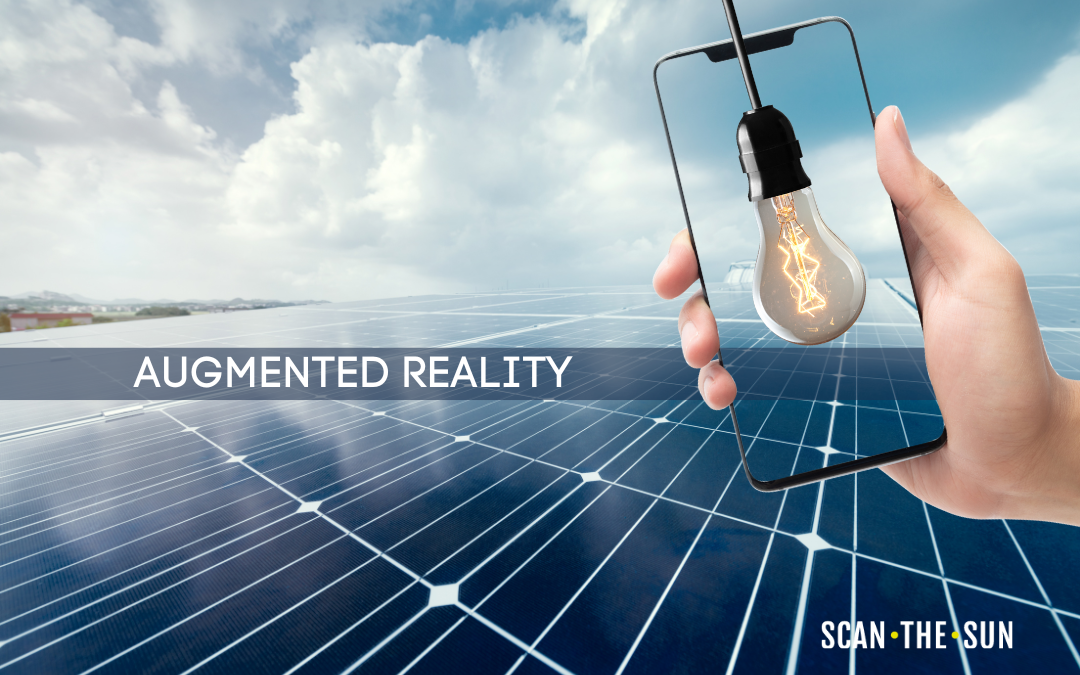Photovoltaics. Can it really be the answer to energy problems in the 21st century?
Energy procurement issues are increasingly challenging today for individuals and businesses alike. One of the most popular solutions in this regard is photovoltaics. See how it can be used to assist businesses and households.
Contemporary energy problems
To talk about the development of photovoltaics, let’s pause for a moment at today’s energy problems that affect each of us. First of all, attention should be paid to the drastically increasing energy prices, which depend on several factors.
Of course, these include the price of raw materials (e.g., natural gas, coal) and possible downtime at some power plants, which can result, for example, from technical problems or natural disasters. One very important factor that affects energy prices is also Russia’s war with Ukraine.
At the same time, it should be remembered that electricity production prices are not everything. Ecological issues, including the need to use renewable energy sources (RES), are also very relevant to contemporary challenges. Among them, photovoltaics is one of the most important.
Growing popularity of photovoltaics in the modern world
Knowing how many problems we may be facing today, no one is likely to be surprised that photovoltaics, which belong to the RES, are generating so much interest. The use of solar energy is on the rise, according to recent studies by the IEA (International Energy Agency, France), among others.
In 2021, there was a 22% increase in the amount of energy produced by solar panels. Thanks to this, we can clearly assess that photovoltaics are number three (right behind wind and hydroelectric power plants) among the most popular RES.
How will PV technology evolve?
Contemporary projections suggest that energy production through photovoltaics will increase even more by 2030, and it could be one of the main sources of energy in the following years. The most optimistic projections indicate that by 2050, up to 100% of electricity could be sourced from renewable energy sources that do not contribute to the production of CO2. At the same time, as NREL (National Renewable Energy Laboratory, USA) points out, by the same time, up to 22% of roofs in the United States could be covered with solar panels.
In Poland, the trends are analogous. Therefore, we can expect that the PV industry will continue to grow in the near future, both because of the possibility of inexpensive green energy and attractive subsidies for upgrades.
ScanTheSun – plan your investment
When we look at today’s energy problems and rising prices, it’s no surprise that more and more people are considering alternative solutions. That’s why we’re coming to their aid, offering ScanTheSun, an app for planning efficient PV installations. See what you can gain with it.
What is ScanTheSun?
ScanTheSun is an innovative application designed for smartphones, which can be easily downloaded from Google Play. It is a fast mobile application that was created for all individuals – private as well as entrepreneurs – who want to invest in a PV system for their household or business.
It allows it to be planned in such a way that the electricity obtained is up to 35% higher than conventional design methods. This also makes it perfect for businesses that are engaged in retrofitting installations. An additional advantage of the application is its speed and intuitiveness, which allows you to execute the plan in as little as one minute!
What is ScanTheSun? Meet the app that uses augmented reality
The ScanTheSun app uses augmented reality, that is, it bases its operation on images acquired from a camera. The actual image is analyzed and processed, so that the best results can be obtained, relating to what the building and its surroundings actually look like. It’s not modeling based on preset parameters or hand-drawing – it is an advanced tool that allows you to easily, quickly and very accurately assess the entire space.
Everything is possible because the ScanTheSun app uses several smartphone components, such as the Global Navigation Satellite System (GNSS), compass, gyroscope, camera, touch screen and Near Field Communication (NFC). This allows it to best assess its surroundings, as well as prepare detailed plans.




 Calculator
Calculator
